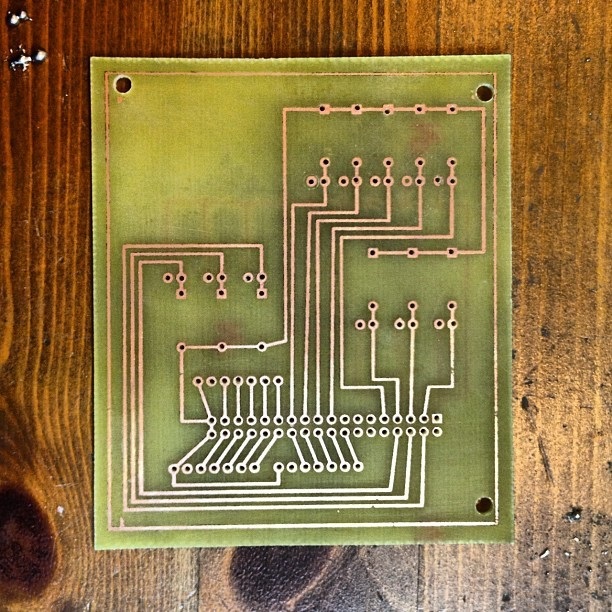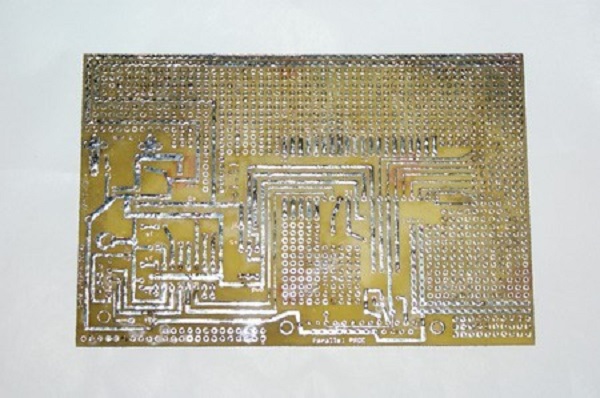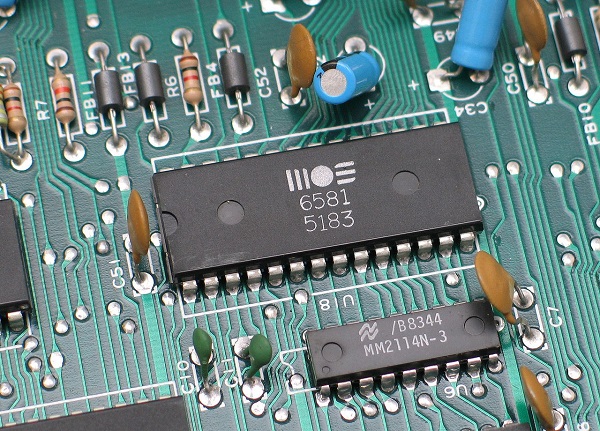Manually building printed circuit boards has largely shifted from a cost-driven, commercial endeavor, to a skill reserved for the battle-hardened purist or hobbyist. From a practical perspective, creating and assembling boards by hand is time-consuming with results that are often less accurate and difficult to reproduce. Instead, automated manufacturing processes can be used, freeing the engineer to focus on other aspects of production. Below are a few of the problems commonly associated with hand-creating printed circuit boards:

1. Lengthy product development cycle
Hand-made PCB boards are often thought of as “quick-and-dirty’ solutions, producing simple, yet functioning boards. Unfortunately, it can be extremely disappointing to spend a substantial amount of time building a board and assembling the components only to discover that something is amiss. Further compounding the problem is the additional time required to debug the design before rebuilding it.
Considering it can take as long as week to fabricate a single board by hand, the entire production cycle will be stalled every time an error occurs, delaying a project’s overall time to market. Furthermore, since hand-assembly is a very engaging process, engineers cannot move onto other stages of production until the process is complete.

2. Etching and soldering mistakes are easy to make
To hand make a PCB, an engineer must first build the PCB and etch out the copper traces. Best practices dictate copper traces be etched by submerging the PCB into a fluid compound of ferric chloride to dissolve the top layer of photoresist and reveal the traces beneath. Moreover, these traces must be equally exposed across every PCB build to prevent stray variables from sparking an error or malfunction. In addition, as etchant becomes saturates with copper it becomes increasingly ineffective, which makes consistent etching by hand even more difficult.
From an assembly perspective, human hands are not adequate substitutes for machines; even the steadiest hands have difficulty achieving machine-level accuracy. Repeatedly producing a perfect, evenly distributed, residue-free solder, is near impossible because hands cannot replicate the same variables throughout the entire board, and as a result, hand-made boards are inconsistent. Additionally, the smaller the components, the more difficult and time-consuming this task can become.
3. SMT components
Another reason why most engineers have shifted away from the hand-made PCB is that it is nearly impossible to assemble surface-mount components (SMT) properly onto the board without the right machinery. Unlike their thru-hole component counterparts, which are inserted through holes drilled in the PCB and soldered to pads on the opposite side, surface-mount components have smaller leads or a matrix of solder balls arranged in a ball grid arrays (BGAs) beneath the component itself. It is extremely difficult to accurately solder the BGA without a machine. Using a toaster or a myriad of other “homemade” solutions risks damaging the overall board.

Furthermore, the difficulty of placing surface-mount components on either side means that hand-made PCB boards typically have a smaller circuit density than those that are manufactured with machines.
Hand-made PCBs are the equivalent of sketches; they’re excellent for testing simple ideas. However, for a solution with longevity, or for prototyping, the accuracy and durability provided by machines can be very valuable. With the ease afforded by quick-turn low-volume fabricators and assemblers, it is now difficult to justify drudging through manual-building and hand-assembling PCBs – even for a single board.
Advertisement
Learn more about Advanced Assembly





